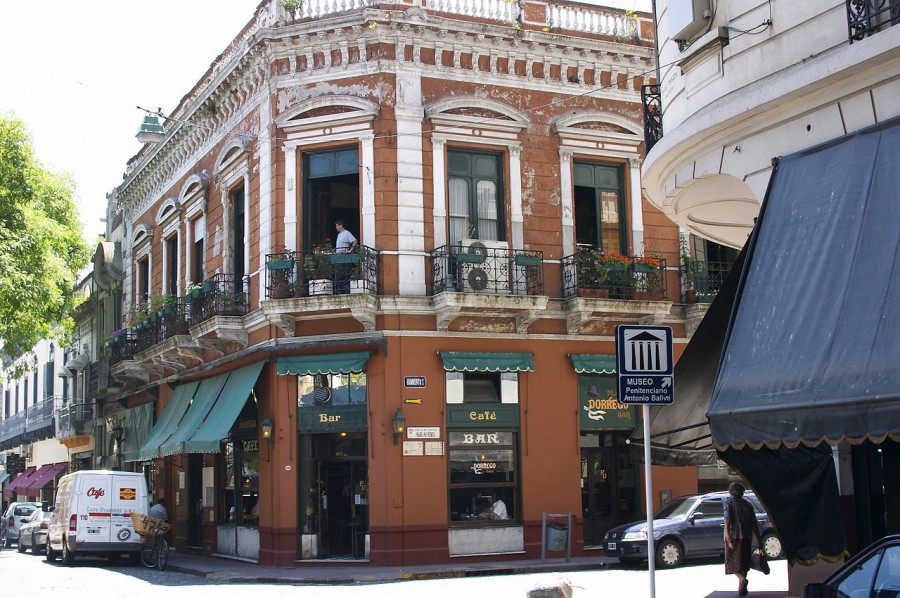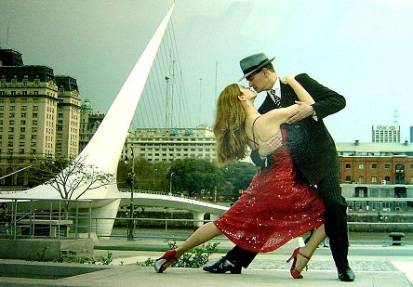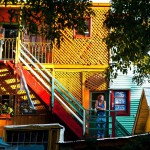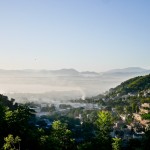Emilene Faria once said if you come to Buenos Aires and you haven’t danced the tango, then you haven’t been to Buenos Aires!
It seems that tango has been the soul and soundtrack of Argentina’s capital forever, the two inexorably linked from the melting pot of European immigration in the late 1800s. From its origins as early brothel entertainment to today’s revered Academia Nacional del Tango, above the fabulous Cafe Torton on Avenida de Mayo, it has become a national institution. The poet and songwriter Horacio Ferrer once wrote that Buenos Aires is “a tangopolis… tango is a way of walking before it is a dance, a way of talking before it is sung, a way of dreaming first and later poetry.” But Tango is merely one element that makes up the complex, seductive city that is BA.
It’s hard to imagine looking at the city today, that just two hundred years ago Buenos Aires was mostly fields. Having now celebrated their bicentennial, Portenos – as the city’s residents are called – have since built a city they say you don’t just visit, you live it. To really appreciate Buenos Aires you have to mix with them, walk the streets, spend time drinking coffee in the bars, embrace their passion at a soccer match, immerse yourself wholeheartedly in the city and you’ll have memories lasting long after you’ve forgotten your tango moves.

Today’s city is the second-largest in South America after Sao Paulo. Avenida 9 de Julio is reputed to be the world’s widest street whilst Avenida Rivadavia is the world’s longest and with more than three thousand restaurants and more theatres than New York, there is no shortage of sightseeing opportunities. But it is the forty-eight barrios or neighbourhoods that make Buenos Aires such a rich cosmopolitan melting pot, each barrio’s unique personality and atmosphere, an experience in its own right. The splendid magnolia, pine and willow filled parks of Palermo, the timeless old streets of San Telmo where Tango first began, with its tango clubs and colonial architecture, the exclusive shopping of Recoleta, the ancient churches of Monserrat, the lively downtown area of Microcentro and the little Italy of La Boca and its ‘Caminito’ or little walkway, a touristy short street that is the embodiment of the Buenos Aires of the Italian immigrants. There is no substitute for just exploring Buenos Aires’s nooks and crannies, (although you must be sensible after nightfall as you would be in any city) but there are a few must-see attractions.

The monumental Palacio del Congresso modelled after Washington’s Capitol Building is part of the political and historical heart of the city and lies at the opposite end to the Plaza de Mayo where you’ll find Evita’s famous balcony. Avenida de Mayo the grand boulevard littered with French art nouveau architecture links the two together.
Talking of Eva Peron, you can visit her last resting place at the Cementario de la Recoleta where the granite and marble mausoleums and tombs of former presidents offer a snapshot of Buenos Aires’ wealthy past.
The contemporary heart of Buenos Aires is captured within the MALBA Museum in Palermo, a building exhibiting some of the finest pieces of modern art you’ll find in Latin America.
So Tango till your legs ache, but remember Buenos Aires offers many more wonderful sights and sounds, and Portenos will waste no time in telling you all about them.
Recommended hotels:






